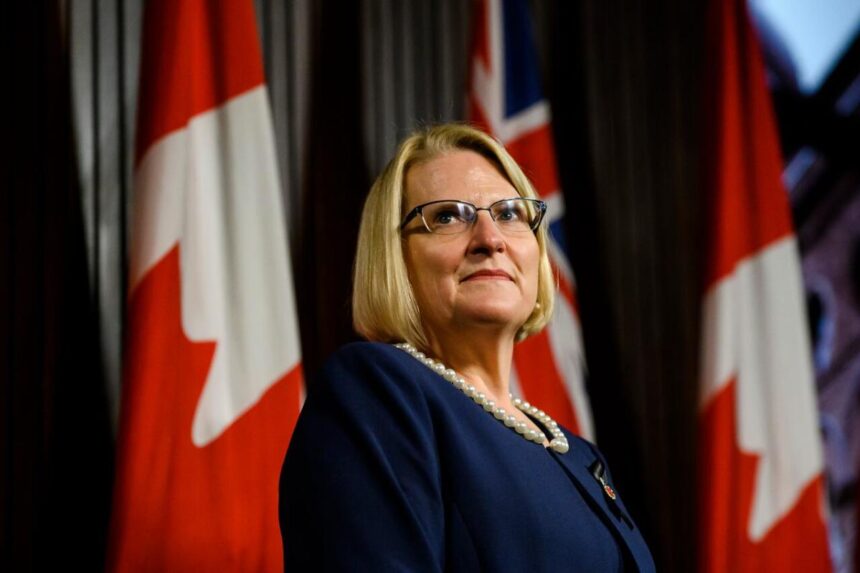I’d barely cleared my coffee mug after the morning editorial meeting when the news alert buzzed through. Ontario’s health ministry had just announced a $235 million investment in primary care. As someone who’s spent years documenting Canada’s healthcare struggles from waiting room chairs and remote nursing stations, I felt that familiar mix of cautious hope and healthy skepticism.
Two days later, I found myself sitting across from Dr. Meera Chopra in her modest family practice in Brampton, watching her toggle between patient charts and incoming calls. The office operates beyond capacity—a microcosm of Ontario’s primary care crisis.
“We’re turning away 15 to 20 patients daily,” Dr. Chopra tells me, pausing to sign a prescription. “That’s 15 to 20 people who’ll likely end up in emergency rooms or just go without care altogether.”
The numbers behind her experience are stark. Nearly 2.3 million Ontarians lack access to a family doctor, according to the latest data from the College of Physicians and Surgeons of Ontario. In growing communities like Brampton, where population growth has outpaced healthcare infrastructure, the situation is particularly acute.
This context makes Ontario’s recent funding announcement significant. The $235 million investment, announced by Health Minister Sylvia Jones, aims to expand team-based care models and support the integration of more healthcare providers into primary care settings.
“Primary care is the foundation of our healthcare system,” Jones stated during the announcement at a community health centre in Toronto. “This investment will help ensure more Ontarians can access the care they need, when they need it, closer to home.”
The funding package includes $69.2 million for primary care teams, $41.8 million to improve access in underserved communities, and $30 million for technology improvements to modernize practices. Perhaps most notably, $94 million will support recruitment and retention initiatives, including increasing the number of nurse practitioners working alongside physicians.
For communities that have watched local clinics close or stop accepting patients, this represents a potential lifeline. Yet healthcare workers I spoke with expressed both gratitude and reservation about whether the funding addresses structural issues in the system.
“We’ve been running on empty for years,” says Aisha Mohamed, a nurse practitioner at a community health centre in Kingston. I met Mohamed last year while reporting on healthcare access in smaller Ontario cities. When I called her about the new funding, she was preparing for a 12-hour shift.
“Don’t get me wrong—we desperately need this investment. But we also need systemic change in how we deliver primary care. Money helps, but it won’t solve everything if we don’t address burnout and outdated care models.”
The announcement comes against a complicated backdrop. According to the Canadian Institute for Health Information, Ontario has one of the lowest per-capita spending rates on healthcare among provinces. Meanwhile, emergency department visits for non-urgent concerns that could be addressed in primary care settings have increased by nearly 12% since 2019.
Walking through the hallways of Sunnybrook Hospital’s emergency department in Toronto last month for an unrelated story, I witnessed firsthand what happens when primary care falters. Waiting rooms filled with patients seeking care for issues that, in a better-functioning system, would be handled by family doctors or nurse practitioners.
Dr. Michael Warner, critical care physician and frequent healthcare commentator, offered his perspective when I reached him by phone: “Primary care investments create ripple effects throughout the entire system. Every dollar spent keeping people connected to appropriate primary care potentially saves several dollars in emergency department visits and hospitalizations.”
The Ontario Medical Association has cautiously welcomed the announcement while emphasizing that more work remains. “This funding represents a step in addressing critical gaps,” said OMA President Dr. Andrew Park in a public statement. “However, we still need comprehensive solutions to ensure every Ontarian has access to a family doctor.”
For communities in northern Ontario, where geography compounds access challenges, targeted investments are particularly crucial. In Sioux Lookout, where I traveled last summer to report on Indigenous health access, one clinic serves patients from dozens of surrounding First Nations communities.
“Many of our patients travel hours by car or have to fly in for basic care,” explains Darlene Turner, an administrator at the Northern Ontario clinic. “The funding allocated for underserved communities could make a genuine difference if it means bringing more practitioners to regions like ours.”
Implementation details remain somewhat vague, with the Ministry of Health indicating that funds will begin flowing in the coming months through Ontario Health Teams and existing primary care networks. Patient advocates I’ve spoken with stress the importance of community involvement in determining how these resources are allocated.
Back in Brampton, Dr. Chopra remains cautiously optimistic. “If this means I can bring on another nurse practitioner or expand our team’s capacity, that translates to real people getting care who otherwise wouldn’t,” she says, her phone ringing yet again in the background.
As evening approaches and Dr. Chopra prepares to see her final patients of the day, the reality of Ontario’s healthcare landscape comes into focus. This funding injection represents hope—but the true measure of its success will be in the stories of those who find their way to care in the coming years, rather than those left waiting.
For the millions of Ontarians currently without primary care access, the clock continues ticking. While $235 million won’t solve every challenge overnight, it may offer something that’s been in short supply in healthcare conversations lately: a reason to believe things might actually improve.






